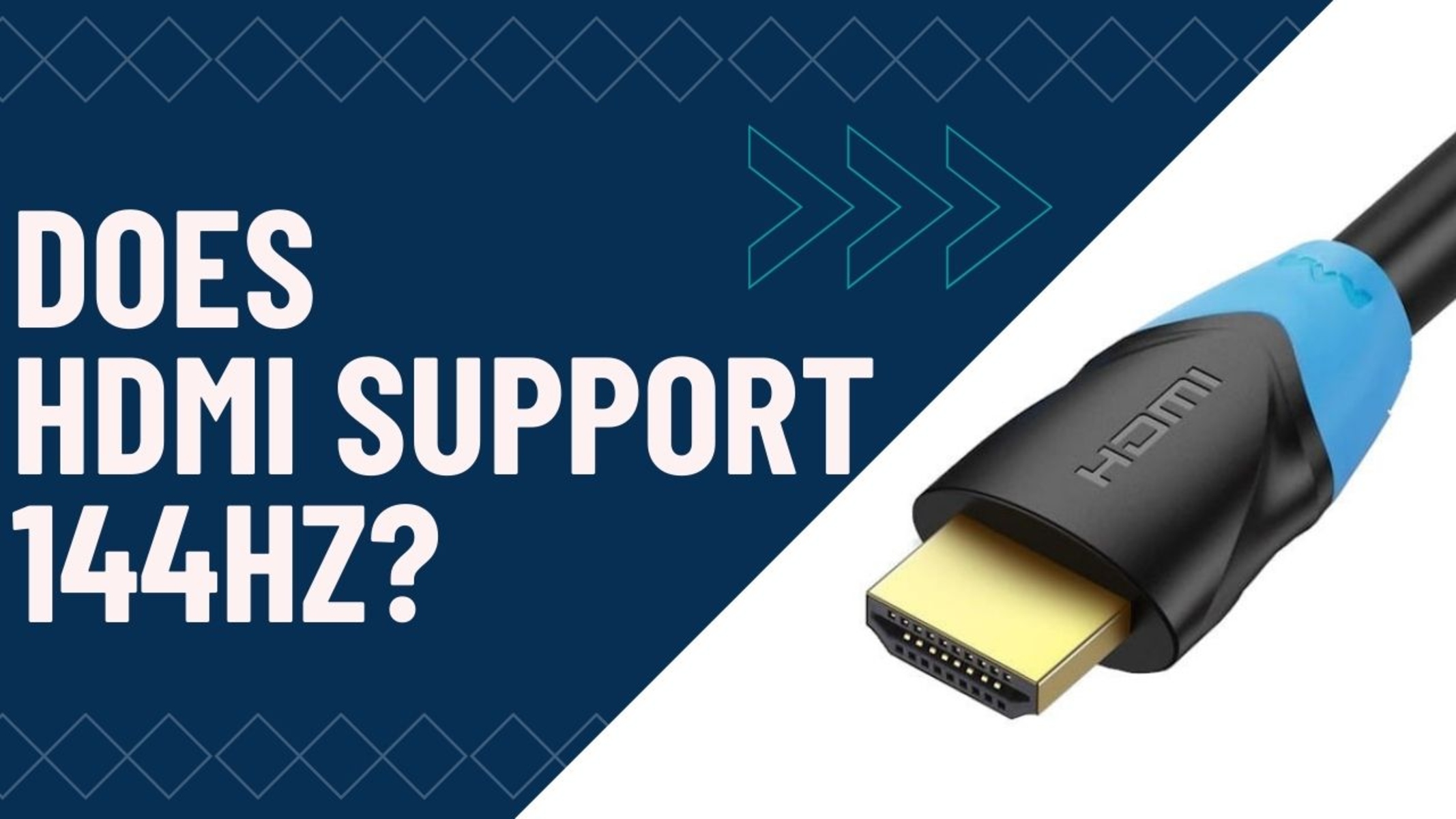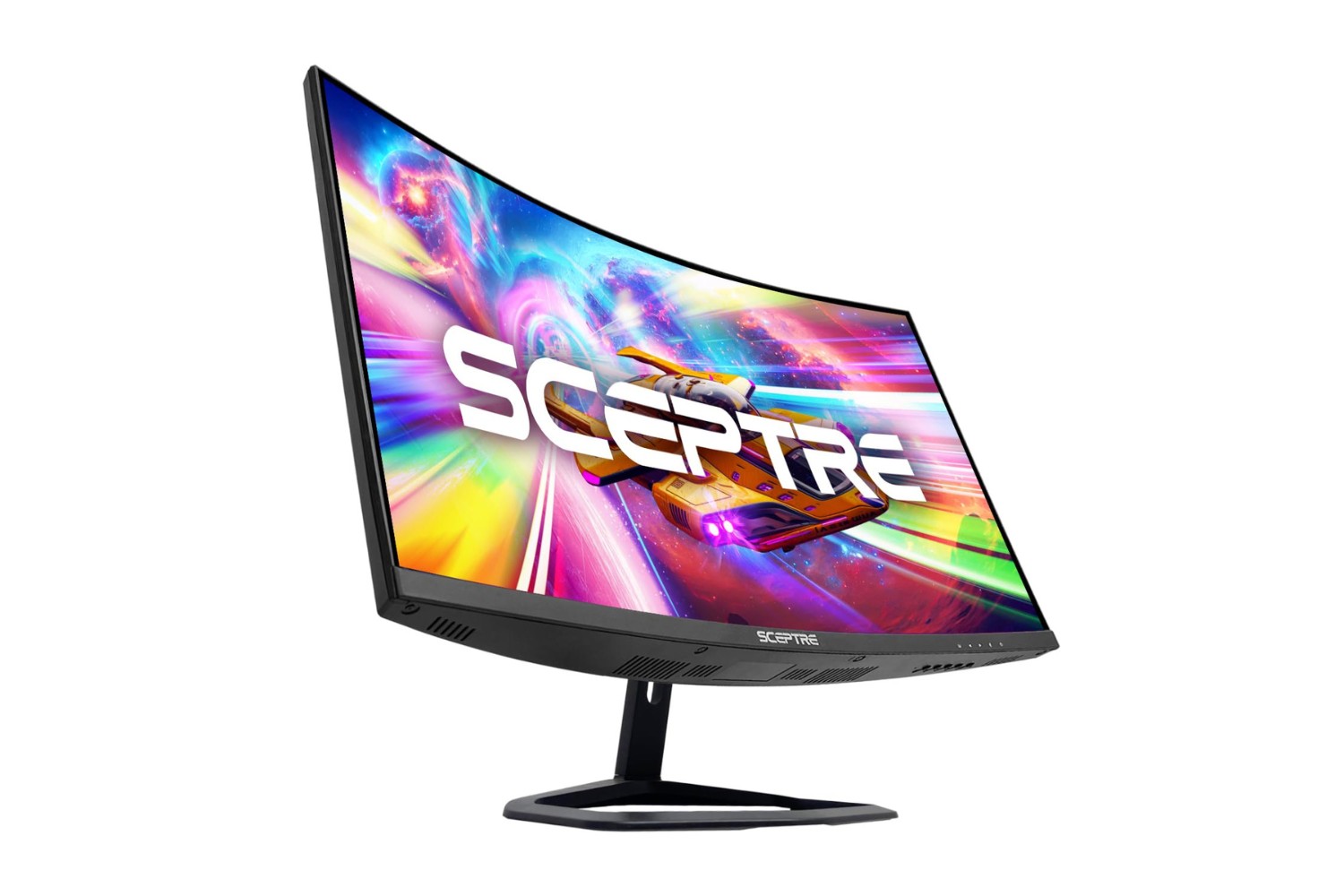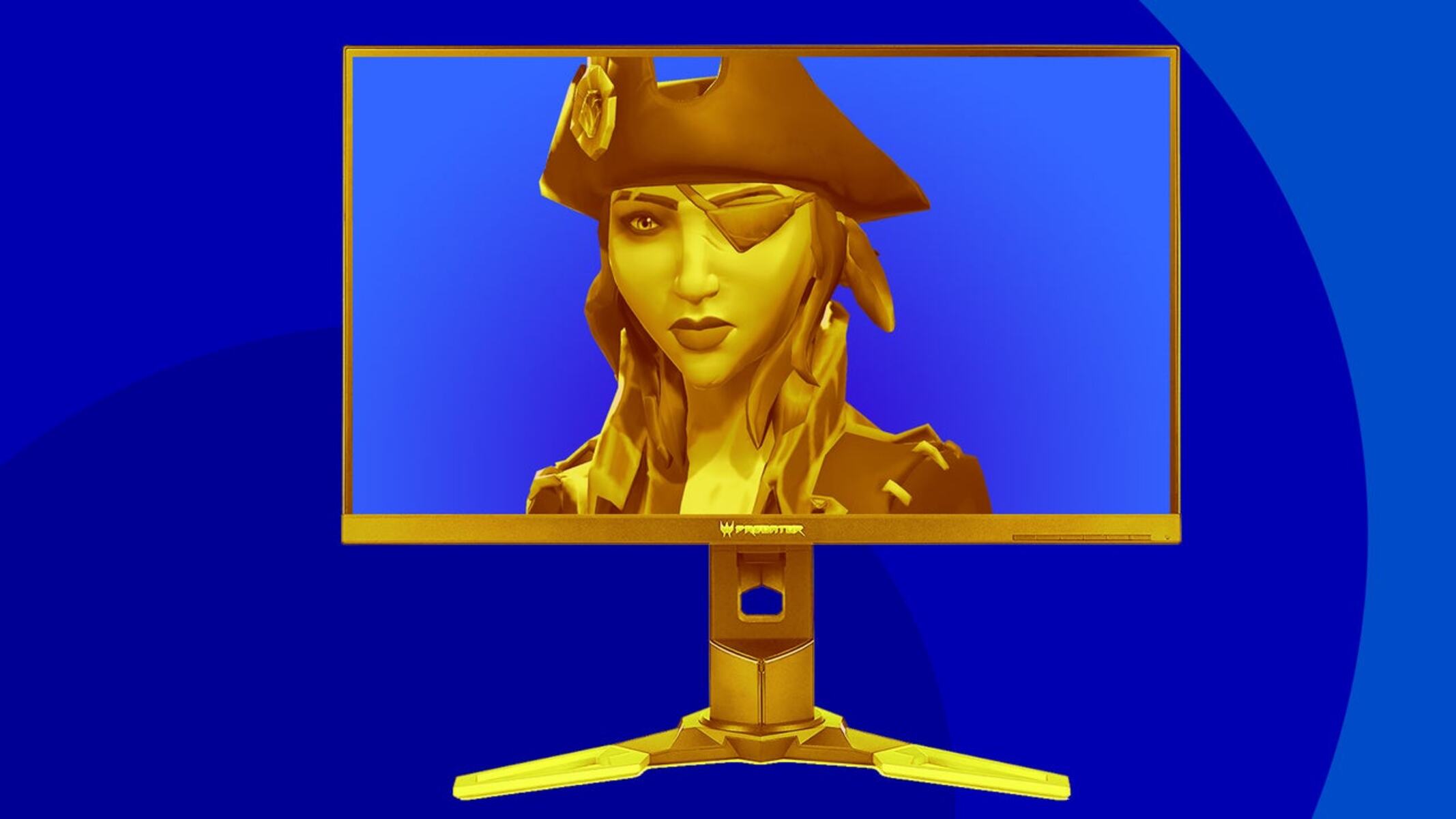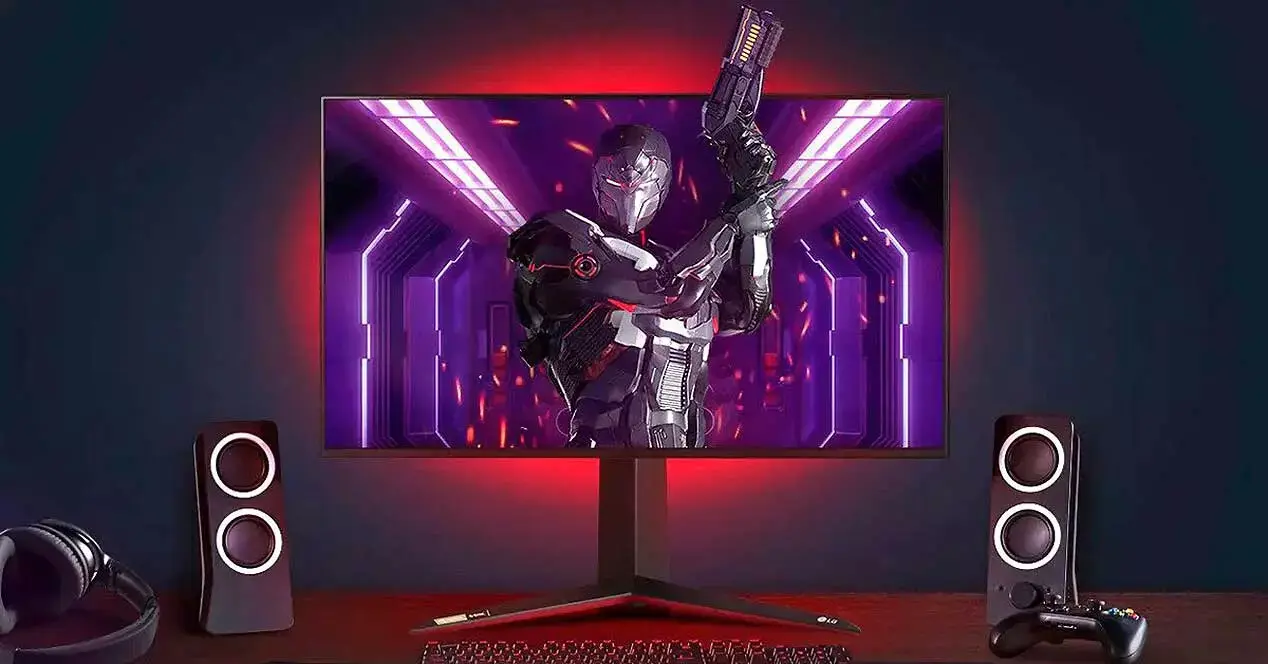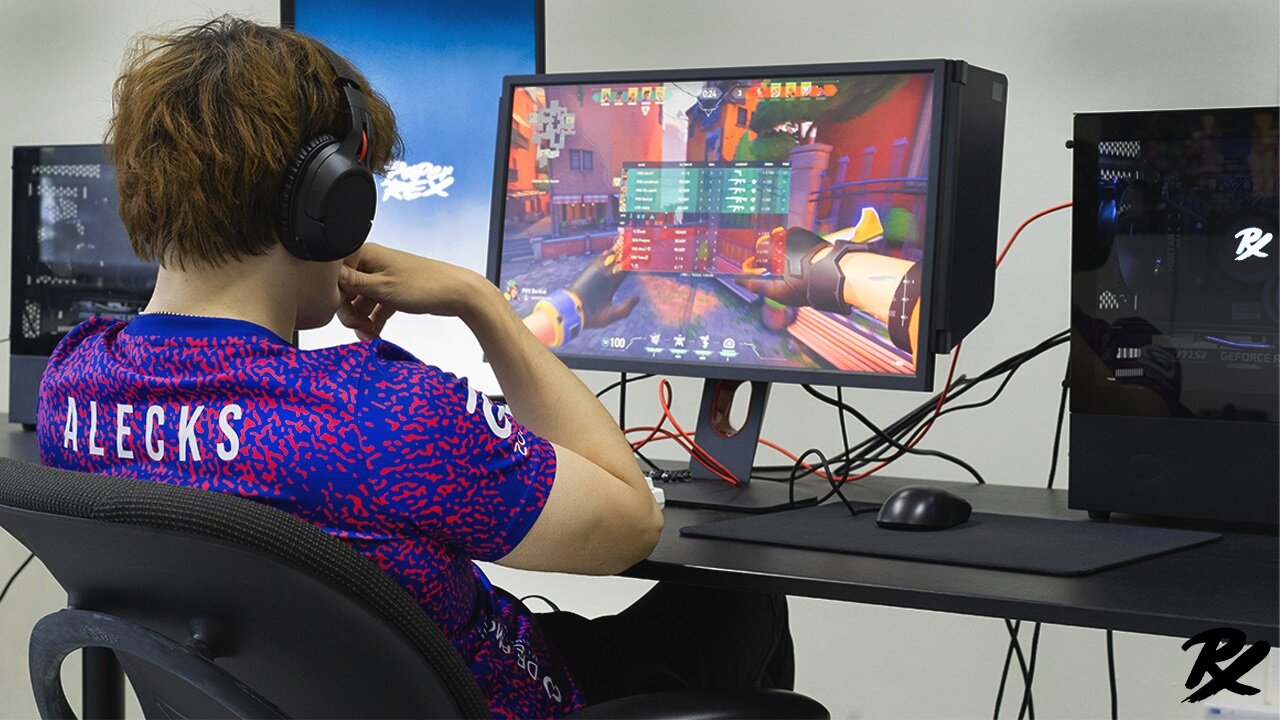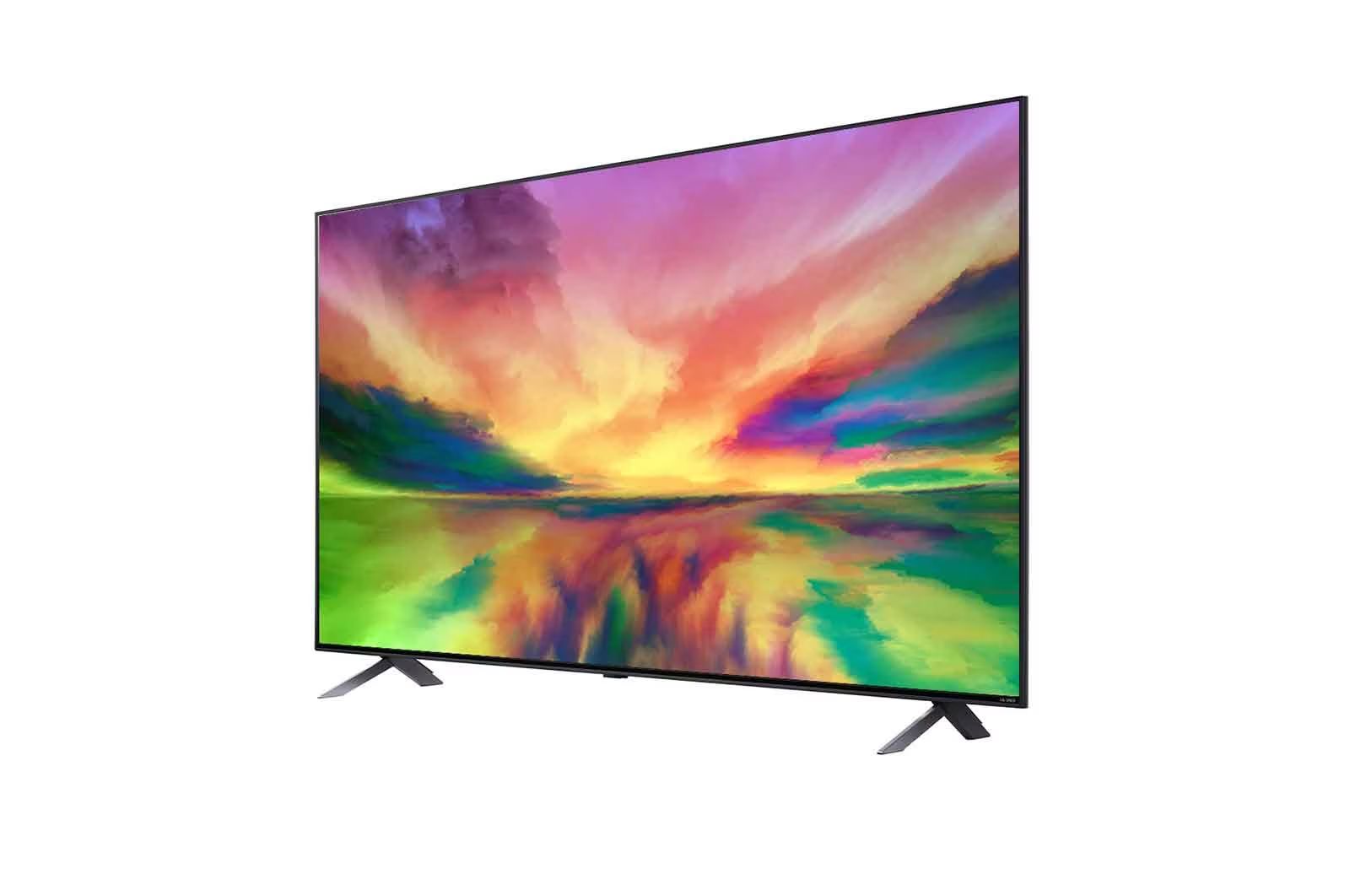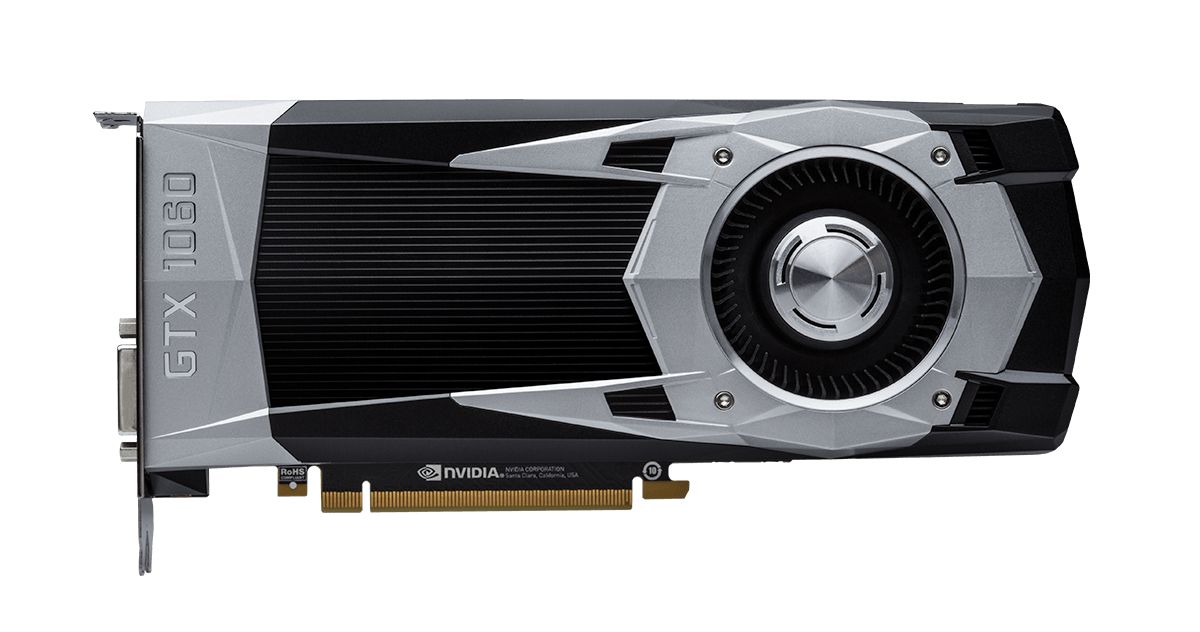Introduction
The evolution of technology has completely transformed the way we consume entertainment. From streaming high-definition movies to playing immersive video games, the quality and clarity of audio and visuals have become paramount. One important factor that contributes to this enhanced experience is the use of HDMI (High-Definition Multimedia Interface) cables. These cables transmit audio and video signals from one device to another, ensuring a seamless connection between your media source and display device.
If you have ever delved into the world of HDMI specifications, you may have come across the term “Hertz” or “Hz.” But what exactly does it mean? In simple terms, Hertz refers to the frequency of a signal – the number of times a particular event occurs per second. When it comes to HDMI, understanding Hertz is crucial for ensuring compatibility between different devices and maximizing the performance of your audio and video content.
In this article, we will delve into the world of HDMI and explore the different Hertz specifications supported by HDMI cables. We will discuss the differences between HDMI 1.4, HDMI 2.0, and the latest HDMI 2.1 standards, giving you a comprehensive understanding of the Hertz capabilities of each. So, let’s dive in and demystify the world of Hertz in HDMI!
What is HDMI?
HDMI, or High-Definition Multimedia Interface, is a digital interface standard that allows for the transmission of uncompressed audio and video signals from a source device to a display device. It has become the industry standard for connecting a wide range of devices, including TVs, computer monitors, projectors, gaming consoles, and Blu-ray players.
Unlike its predecessors, such as VGA or DVI, HDMI carries both audio and video signals through a single cable, eliminating the need for multiple cables and simplifying the connection process. The use of HDMI ensures high-quality, high-definition content with impeccable clarity and vibrant color reproduction.
HDMI cables come in various types and versions, each offering different features and capabilities. While HDMI 1.4 was the prevalent standard for several years, it has now been superseded by HDMI 2.0 and the latest HDMI 2.1. These newer versions bring significant improvements in terms of bandwidth, resolution support, and Hertz capabilities.
One of the key advantages of HDMI is its ability to support various audio formats, including Dolby Atmos and DTS:X, delivering immersive surround sound experiences. Additionally, HDMI supports popular video resolutions like 1080p (Full HD), 4K Ultra HD, and even 8K Ultra HD with the newer HDMI 2.1 standard. This ensures that you can enjoy your content in the highest quality available, provided that your devices and display are compatible with the respective HDMI versions.
It’s worth noting that HDMI is not limited to consumer electronics. It has also found its way into professional applications, such as in the broadcast and healthcare industries, where high-quality video and audio transmission is crucial.
Overall, HDMI has revolutionized the way we connect and enjoy audio-visual content. Its ability to transmit high-definition, uncompressed signals coupled with its ease of use has made it the go-to choice for connecting our devices and immersing ourselves in a world of crystal-clear visuals and immersive sound.
Understanding Hertz
Hertz, often abbreviated as Hz, is a unit used to measure frequency. In the context of HDMI, Hertz refers to the number of times an image is refreshed on the screen per second. It determines how smoothly motion is displayed and affects the overall visual experience.
The concept of Hertz is closely related to the frame rate of a video or the refresh rate of a display. A frame rate is the number of individual images, or frames, displayed per second, while the refresh rate is the number of times the display can update per second. For example, a video with a frame rate of 30 frames per second (fps) will have each frame displayed for approximately 33 milliseconds (ms) if the display refreshes at a rate of 60 Hz.
Higher Hertz values generally result in smoother motion and reduced motion blur. This is especially important for fast-paced content such as action movies, sports events, and video games. A higher refresh rate allows for more frames to be shown per second, resulting in a more fluid and lifelike representation of motion.
When it comes to HDMI cables, the supported Hertz values determine the maximum frame rates and refresh rates that can be achieved. Older HDMI versions, such as HDMI 1.4, typically support lower Hertz capabilities, limiting the maximum frame rate and refresh rate that can be transmitted. HDMI 2.0 and HDMI 2.1, on the other hand, offer higher Hertz capabilities, enabling smoother and more immersive viewing experiences.
It’s important to note that the Hertz capability of an HDMI cable is just one factor in achieving a high-quality display. Other factors such as the capabilities of the source device, the display device, and the content itself also play a significant role. For example, if you have an HDMI cable that supports 120 Hz but your display device only has a maximum refresh rate of 60 Hz, the output will be limited to the display device’s capabilities.
In summary, understanding Hertz is crucial for choosing the right HDMI cable and maximizing the visual experience. Higher Hertz values result in smoother motion and reduced motion blur, enhancing the overall quality of audio-visual content. HDMI 2.0 and HDMI 2.1 offer improved Hertz capabilities, allowing for higher frame rates and refresh rates for a more immersive viewing experience. However, it’s important to consider the capabilities of all devices in the HDMI chain to fully utilize the benefits of higher Hertz values.
HDMI 1.4
HDMI 1.4, the predecessor to HDMI 2.0 and HDMI 2.1, was a significant advancement in terms of audio and video capabilities. It was the most widely used HDMI version for many years and offered several features that greatly enhanced the viewing experience.
One of the key features of HDMI 1.4 was its support for 3D content. With HDMI 1.4 cables and compatible devices, users could enjoy immersive 3D movies and games on their 3D-capable displays. This opened up a new dimension of entertainment, bringing visuals to life like never before.
Another notable feature of HDMI 1.4 was its ability to support a maximum resolution of 4K Ultra HD at 30 frames per second (fps). This meant that users could enjoy stunningly crisp and detailed visuals on their 4K displays, albeit at a lower frame rate compared to newer HDMI versions. Additionally, HDMI 1.4 also supported the Audio Return Channel (ARC) feature, allowing audio to be sent from the TV back to the audio system without the need for a separate audio cable.
However, when it came to Hertz capabilities, HDMI 1.4 had its limitations. It supported a maximum refresh rate of 60 Hz at lower resolutions, such as 1080p. This means that fast-paced content might not appear as smooth and fluid as it could with higher Hertz values. It also meant that gaming enthusiasts couldn’t take full advantage of higher frame rates that some gaming consoles and PCs could offer.
Despite its limitations, HDMI 1.4 remained a reliable and widely used standard for many years. It provided a significant improvement over its predecessors and allowed users to enjoy high-definition audio and video content. However, as technology advanced and higher refresh rates became more prevalent, the need for a new HDMI standard arose.
In the following sections, we will explore the advancements made with HDMI 2.0 and HDMI 2.1, which pushed the boundaries even further in terms of resolution support, refresh rates, and overall Hertz capabilities.
HDMI 2.0
HDMI 2.0 is a significant improvement over its predecessor, HDMI 1.4, offering enhanced audio and video capabilities to meet the growing demand for higher resolutions and faster refresh rates. It introduced several key features that improved the overall viewing experience for users.
One of the major advancements with HDMI 2.0 was its increased bandwidth capacity. It can support data transfer rates of up to 18 gigabits per second (Gbps), allowing for higher resolution and frame rate combinations. With HDMI 2.0, users can enjoy 4K Ultra HD content at a smooth 60 frames per second. This means that fast-moving scenes in movies or action-packed moments in video games appear much smoother and more fluid, enhancing the visual experience.
In addition to the increased bandwidth, HDMI 2.0 also introduced support for High Dynamic Range (HDR) technology. HDR enhances contrast and color accuracy, resulting in more vibrant and lifelike visuals. It provides a wider range of brightness levels and a more extensive color palette, making images appear more realistic and true to life. With HDMI 2.0, users can experience the full potential of HDR content on compatible displays.
Furthermore, HDMI 2.0 brought improvements to audio capabilities as well. It introduced support for up to 32 audio channels, delivering immersive surround sound experiences for home theater setups. HDMI 2.0 also supports audio formats like Dolby TrueHD and DTS-HD Master Audio, ensuring high-quality sound reproduction.
However, it’s important to note that HDMI 2.0 does have its limitations in terms of Hertz capabilities. Despite its increased bandwidth, HDMI 2.0 supports a maximum refresh rate of 60 Hz for 4K Ultra HD content. This means that while it can handle higher resolutions, it does not offer the same high-frame-rate support as newer HDMI versions.
Overall, HDMI 2.0 is a significant step forward from HDMI 1.4, providing users with improved resolution support, faster refresh rates, and enhanced audio capabilities. It allows for a more immersive and visually stunning viewing experience, especially when paired with compatible displays and content. However, as technology continued to evolve, HDMI 2.0 paved the way for the latest HDMI standard, HDMI 2.1, which offers even more impressive Hertz capabilities and features.
HDMI 2.1
HDMI 2.1 is the latest and most advanced version of the HDMI standard, and it brings a host of exciting features and improvements to the table. With enhanced Hertz capabilities and support for higher resolutions, HDMI 2.1 takes the audio and video experience to the next level.
One of the standout features of HDMI 2.1 is its significantly increased bandwidth. It supports data transfer rates of up to 48 gigabits per second (Gbps), which allows for the transmission of even higher resolution content at faster frame rates. HDMI 2.1 empowers users to enjoy 4K content at an impressive 120 frames per second (fps) and even 8K content at 60 fps. This advancement ensures incredibly smooth motion and a more lifelike viewing experience.
Another groundbreaking feature of HDMI 2.1 is Variable Refresh Rate (VRR). VRR synchronizes the refresh rate of the display with the frame rate of the content being shown. This synchronization eliminates screen tearing and stuttering, providing a seamless and fluid visual experience, especially during intense gaming sessions. VRR is particularly beneficial for gamers, as it helps to reduce input lag and creates a more responsive gameplay experience.
HDMI 2.1 also introduces Quick Frame Transport (QFT), which reduces latency and improves the overall responsiveness between source devices and displays. This feature is particularly advantageous for competitive gaming, where split-second decisions and lightning-fast reactions are critical.
Furthermore, HDMI 2.1 supports Enhanced Audio Return Channel (eARC), bringing improvements to audio transmission. eARC enables the transmission of high-quality audio formats, such as Dolby TrueHD and DTS-HD Master Audio, from compatible devices to AV receivers or soundbars. This ensures that the audio experience is as immersive and detailed as the visuals.
Additionally, HDMI 2.1 supports Dynamic HDR, which enhances the HDR experience by optimizing the picture quality on a scene-by-scene or frame-by-frame basis. This technology enables more precise and accurate representation of colors, contrast, and brightness levels, resulting in stunning visuals that truly come to life.
Overall, HDMI 2.1 raises the bar for audio and video transmission, offering support for higher resolutions, faster refresh rates, and advanced features like VRR and QFT. It provides an unparalleled visual and audio experience, whether you’re watching movies, playing games, or enjoying other multimedia content. As HDMI technology continues to evolve, HDMI 2.1 pushes the boundaries to deliver the best possible audio and visual performance.
Conclusion
HDMI has revolutionized the way we connect and experience audio-visual content. With its ability to transmit high-definition, uncompressed signals, HDMI ensures a seamless and immersive entertainment experience. Throughout this article, we have explored the importance of understanding Hertz in HDMI and the advancements made in the HDMI standards.
From the widely used HDMI 1.4 with its support for 3D content and maximum 4K resolution at 30 frames per second (fps), to HDMI 2.0 that brought higher bandwidth, HDR support, and improved audio capabilities, each version has played a significant role in enhancing our viewing experience.
The latest HDMI 2.1 standard has taken things even further with its support for higher resolutions, faster refresh rates, and advanced features like VRR and QFT. With HDMI 2.1, users can enjoy breathtaking visuals at 4K and 8K resolutions, with smooth motion and reduced lag, making it perfect for both gamers and movie enthusiasts.
It is important to note that while HDMI 2.1 offers impressive capabilities, the adoption of this standard is dependent on the availability of compatible devices and displays. It’s essential to ensure that all components in the HDMI chain, including the source device, cable, and display, support the desired features to take full advantage of HDMI 2.1’s capabilities.
In conclusion, the world of HDMI is constantly evolving, and understanding Hertz and the capabilities of different HDMI versions is crucial in maximizing the audio and video experience. Whether you’re watching your favorite movies, gaming, or enjoying other multimedia content, HDMI ensures that you get the best possible quality and immersion. So, make sure to select the right HDMI version that suits your needs and take your entertainment to new heights.







